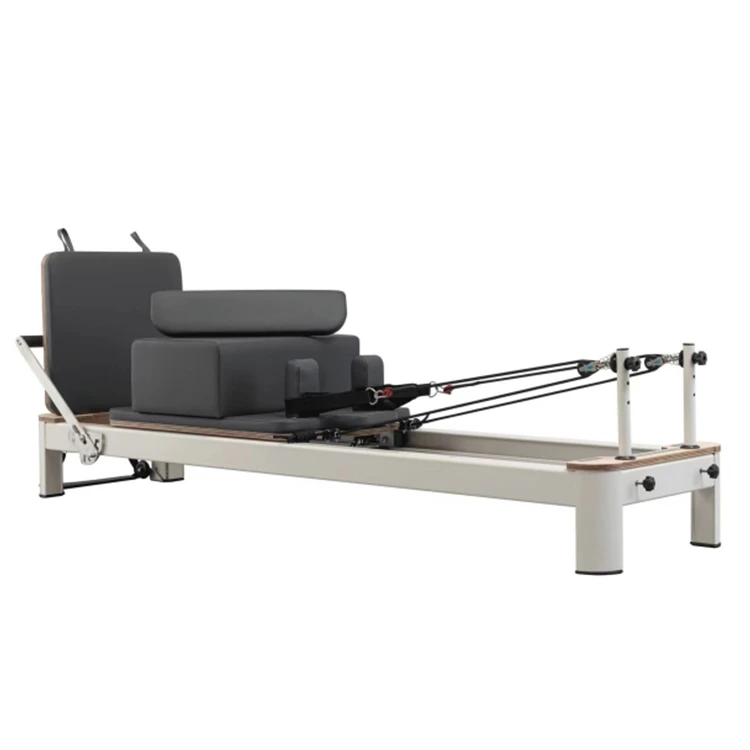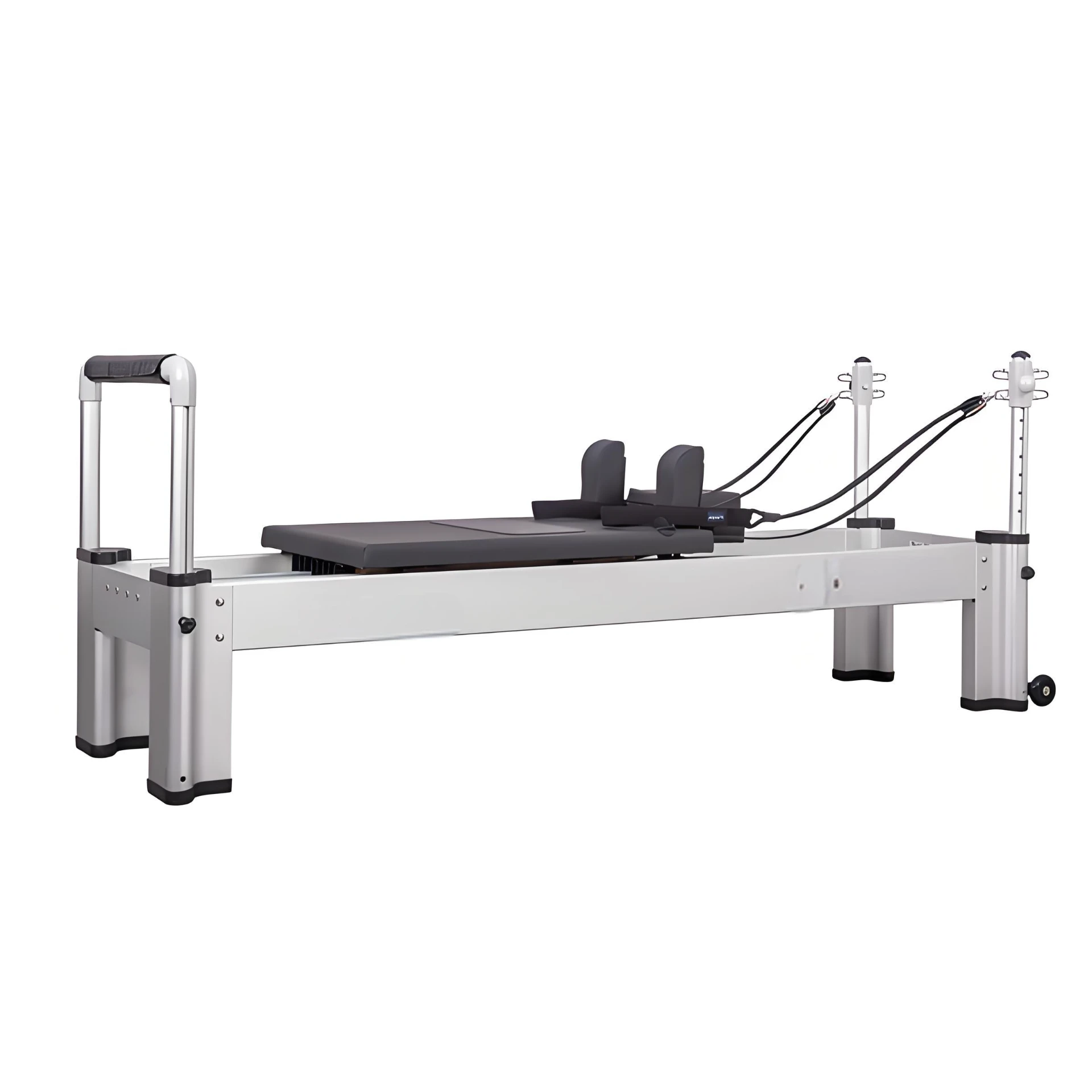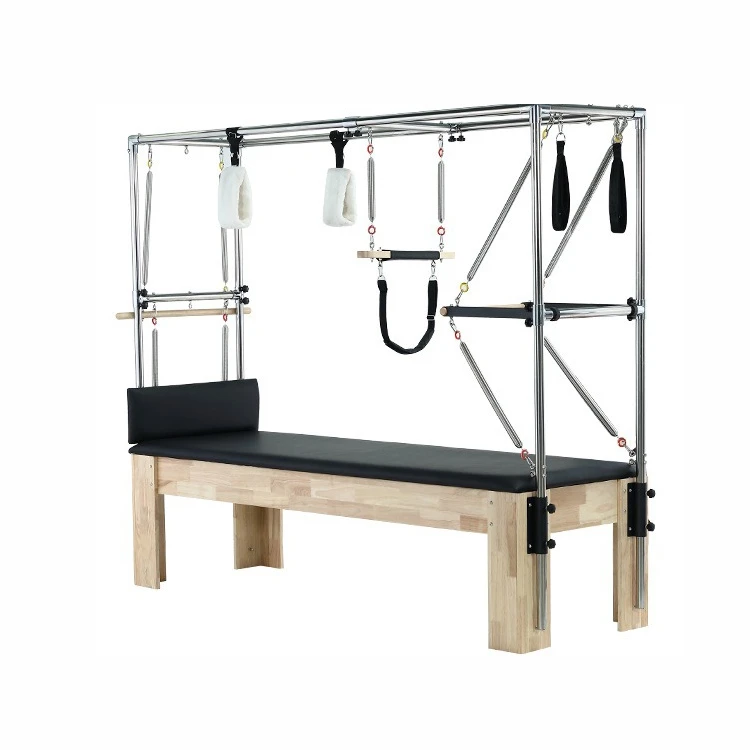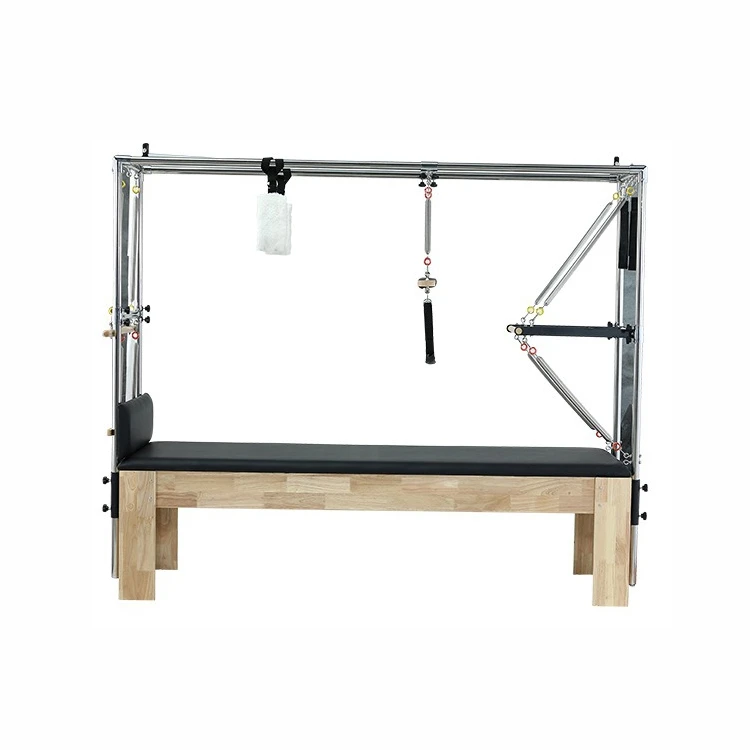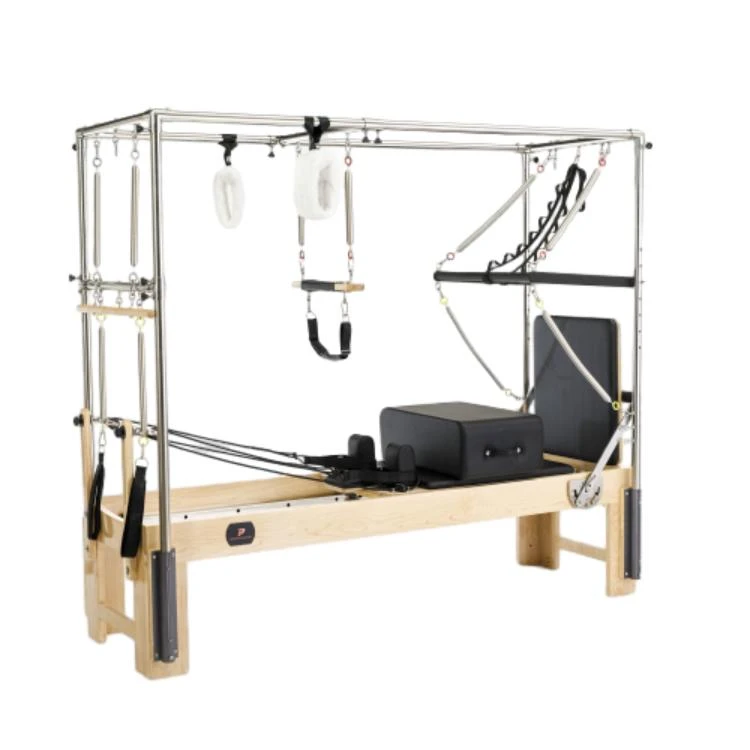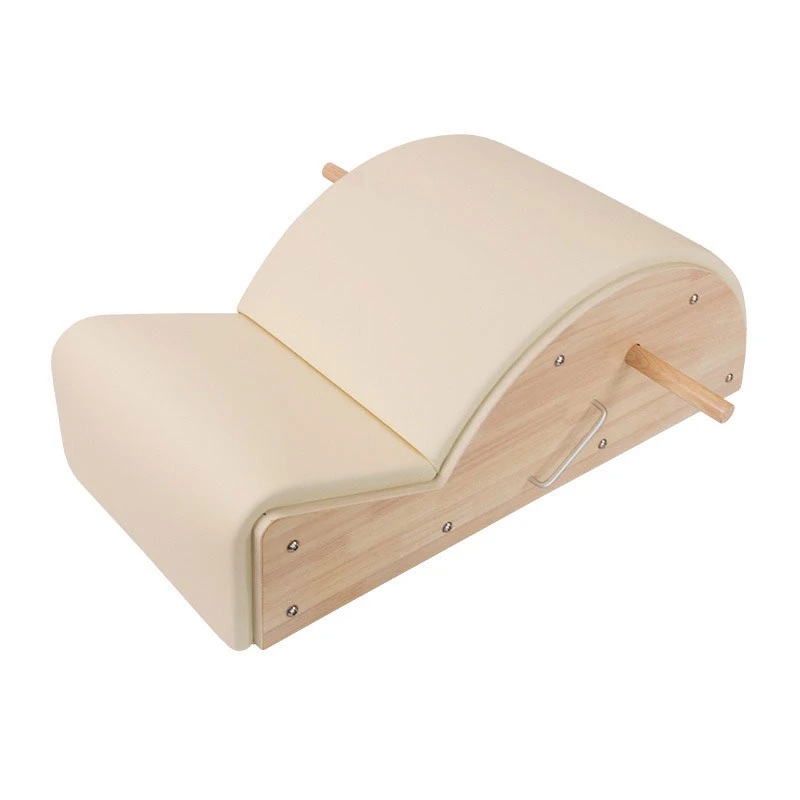pilates rehab reformer
Pilates Rehab Reformer A Path to Recovery and Strength
Pilates has gained tremendous popularity over the years, not just as a fitness routine but also as a crucial rehabilitation tool. The Pilates reformer, a specialized piece of equipment, plays a significant role in rehabilitation therapy, helping individuals recover from injuries, enhance mobility, and strengthen their bodies. In this article, we will explore the benefits, mechanisms, and considerations of using the Pilates reformer in rehabilitation.
Understanding the Pilates Reformer
The Pilates reformer is a versatile machine that consists of a sliding carriage, springs for resistance, straps, and a frame. Its design allows practitioners to perform a wide range of exercises while providing support and resistance to target various muscle groups. Unlike traditional weightlifting, the reformer promotes controlled movement and encourages proper alignment, making it an ideal choice for rehabilitation.
Benefits of Pilates Rehab Reformer
1. Low Impact on Joints One of the most significant advantages of the Pilates reformer for rehabilitation is its low-impact nature. Unlike high-impact exercises that can exacerbate injuries, the reformer allows for gentle movement, reducing strain on joints while still engaging muscles effectively.
2. Customized Resistance The adjustable springs enable practitioners to tailor the resistance level according to their fitness levels and rehabilitation needs. This adaptability allows for gradual progression, helping individuals regain strength without overexerting themselves.
3. Improved Flexibility and Mobility Pilates exercises focus on lengthening and stretching muscles, which can help restore flexibility and promote better range of motion. This is particularly beneficial for those recovering from surgeries or injuries that have led to stiffness and reduced mobility.
4. Core Engagement A strong core is crucial for overall stability and injury prevention. The reformer encourages core activation in nearly all exercises, promoting not only strength but also better posture and body mechanics.
pilates rehab reformer
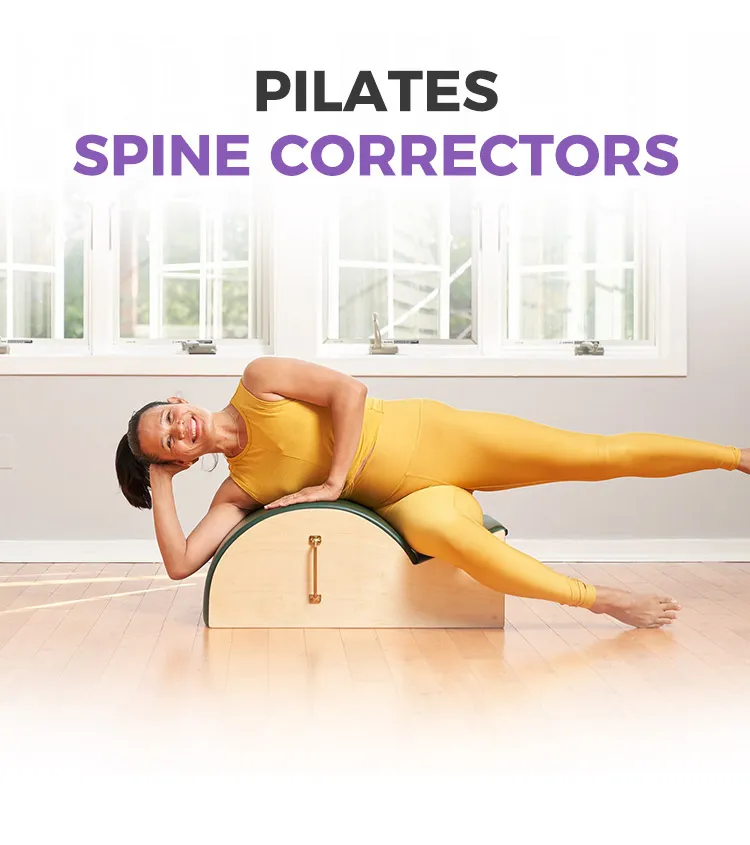
5. Mind-Body Connection Pilates emphasizes mindful movement and body awareness, which can be incredibly beneficial for rehabilitation. Patients learn to concentrate on their movements, encouraging a deeper connection with their bodies and aiding in mental recovery.
Mechanisms of Rehabilitation
Pilates rehab reformer sessions typically begin with an assessment by a trained practitioner who can identify specific needs and limitations. Based on this assessment, a personalized program is developed, incorporating exercises that target the injury while addressing overall body strength and flexibility.
Sessions often include gentle warm-ups to prepare the body, followed by targeted exercises that may involve leg and arm work, spinal mobility, and balance activities. The reformer's unique resistance system helps both in strengthening weakened muscles and in enhancing endurance without risking further injury.
Considerations for Using Pilates in Rehabilitation
While Pilates is an effective rehabilitation tool, it's essential to approach it under professional guidance. Individuals recovering from serious injuries or surgical procedures should consult healthcare professionals before beginning any new exercise regimen.
Moreover, working with a certified Pilates instructor experienced in rehabilitation ensures that exercises are performed accurately and safely. This expertise can significantly enhance the recovery process, ensuring that the movements contribute to healing rather than causing further issues.
Conclusion
The Pilates reformer presents a unique and effective approach to rehabilitation. By providing low-impact, customizable exercises that enhance strength, flexibility, and body awareness, it serves as an invaluable tool for those on the journey to recovery. Whether you are coming back from an injury or simply looking to improve your functional movement, incorporating the Pilates reformer into your rehabilitation program can foster not only recovery but also long-term health and well-being. With the guidance of skilled instructors, the journey through injury can transform into an opportunity for growth and renewed strength.
Latest news
-
Types of Pilates Machines Used in Group Classes Versatility GuideNewsJul.07,2025
-
Pilates Spine Corrector Benefits for Posture and Core StrengthNewsJul.07,2025
-
Pilates Chair for Sale Adjustable Spring Systems for All Fitness LevelsNewsJul.07,2025
-
Ladder Barrel for Sale Commercial-Grade Wooden ConstructionNewsJul.07,2025
-
Eco-Friendly Pilates Studio Equipment Sustainable Materials GuideNewsJul.07,2025
-
Adjustable Pilates Chair Settings for All Fitness LevelsNewsJul.07,2025
- Address
- Room 1601, 1302, Building A, Zijingguandi, Qiaodong District, Xingtai City, Hebei Province, China
- Sandra@raetin.com
- Phone
- +86 18231139331

